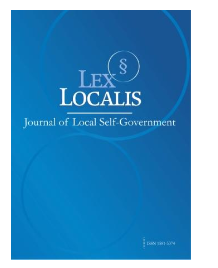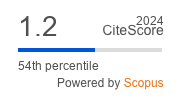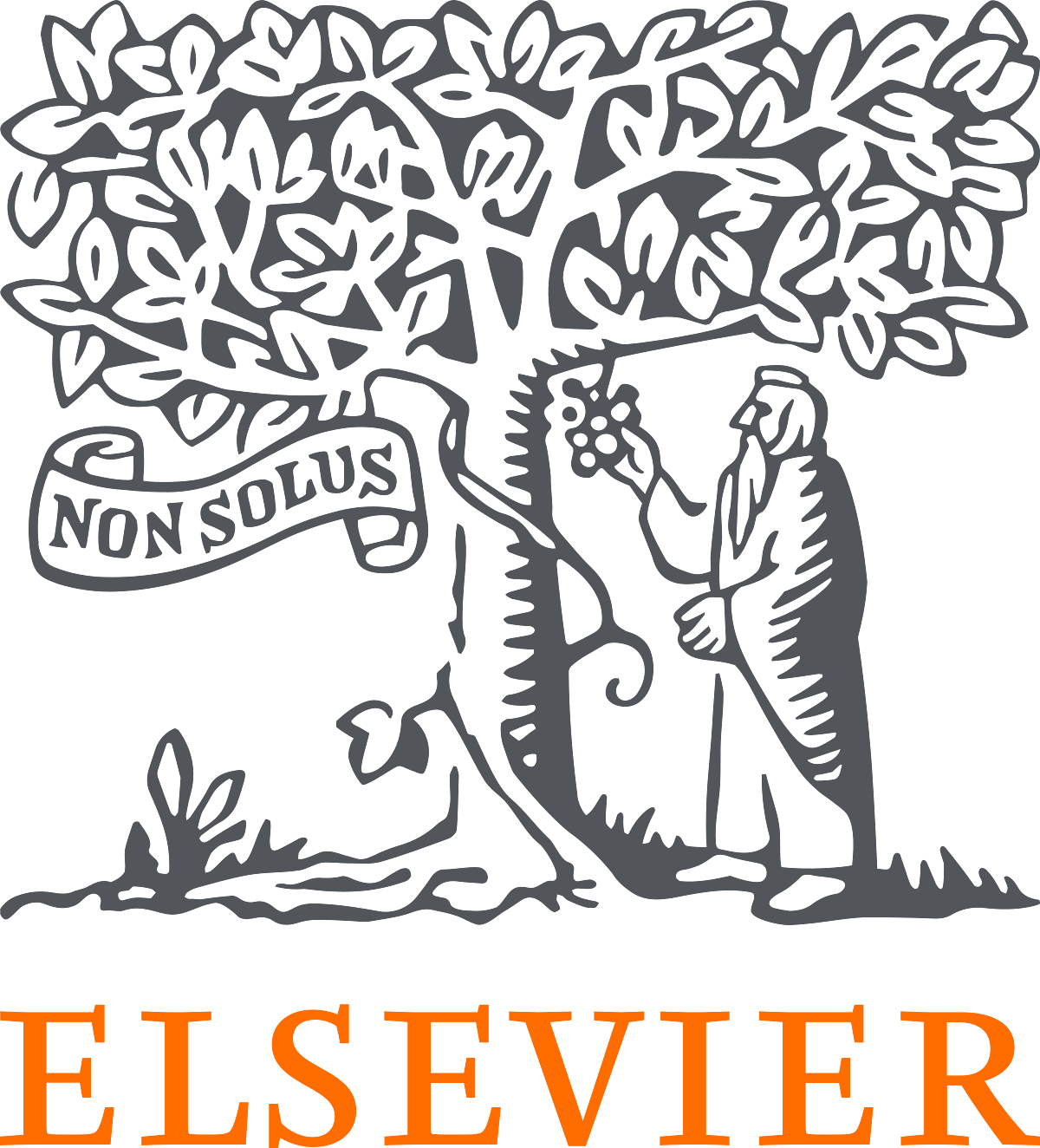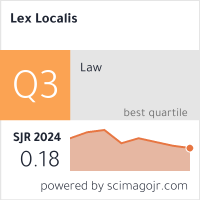MEASURING THE FINANCIAL HEALTH AND RISK MANAGEMENT PRACTICES OF SELECT SMALL FINANCE BANKS IN INDIA
DOI:
https://doi.org/10.52152/2betsf25Keywords:
Financial Health, CAMEL Model, Profitability, and Non-Performance AssetsAbstract
The performance, prospective, and role of Small Finance Banks (SFBs) in India are critically examined in this study in light of their dual mandates of financial inclusion and sustainability. The study integrated the CAMEL framework with quantitative analysis on a sample of six major SFBs over the period FY2021–22 to FY2024-25 to assess the financial health and risk management of select small banks. The research employed financial ratio analysis, descriptive statistics, correlation, cointegration (Kao test), and panel regression to assess profitability, asset quality, capital adequacy, and liquidity.The study found that SFBs maintain robust financial stability, with the average Capital Adequacy Ratio (CAR)and a confirmed long-run equilibrium among key financial indicators. However, this stability is masked by significant operational vulnerabilities. Panel regression results conclusively show that Non-Performing Assets (NPA) is the sole statistically significant negative determinant of profitability,highlighting credit risk as the principal threat to financial sustainability. Furthermore, liquidity analysis exposed a critical vulnerability: while the mean Quick Ratio (QR) and he median QR a dangerously low, indicating that most SFBs lack adequate short-term liquid buffers.The study concluded that SFBs are successfully advancing financial inclusion, but it’slong-term viability is challenged by inconsistent asset quality management and acute short-term liquidity stress. Policy enhancements are necessary to enforce stricter credit risk protocols and mandate higher minimum liquidity buffers to ensure a financially sustainable mechanism for inclusive growth.
Downloads
Published
Issue
Section
License
Copyright (c) 2025 Lex localis - Journal of Local Self-Government

This work is licensed under a Creative Commons Attribution-NonCommercial-NoDerivatives 4.0 International License.








